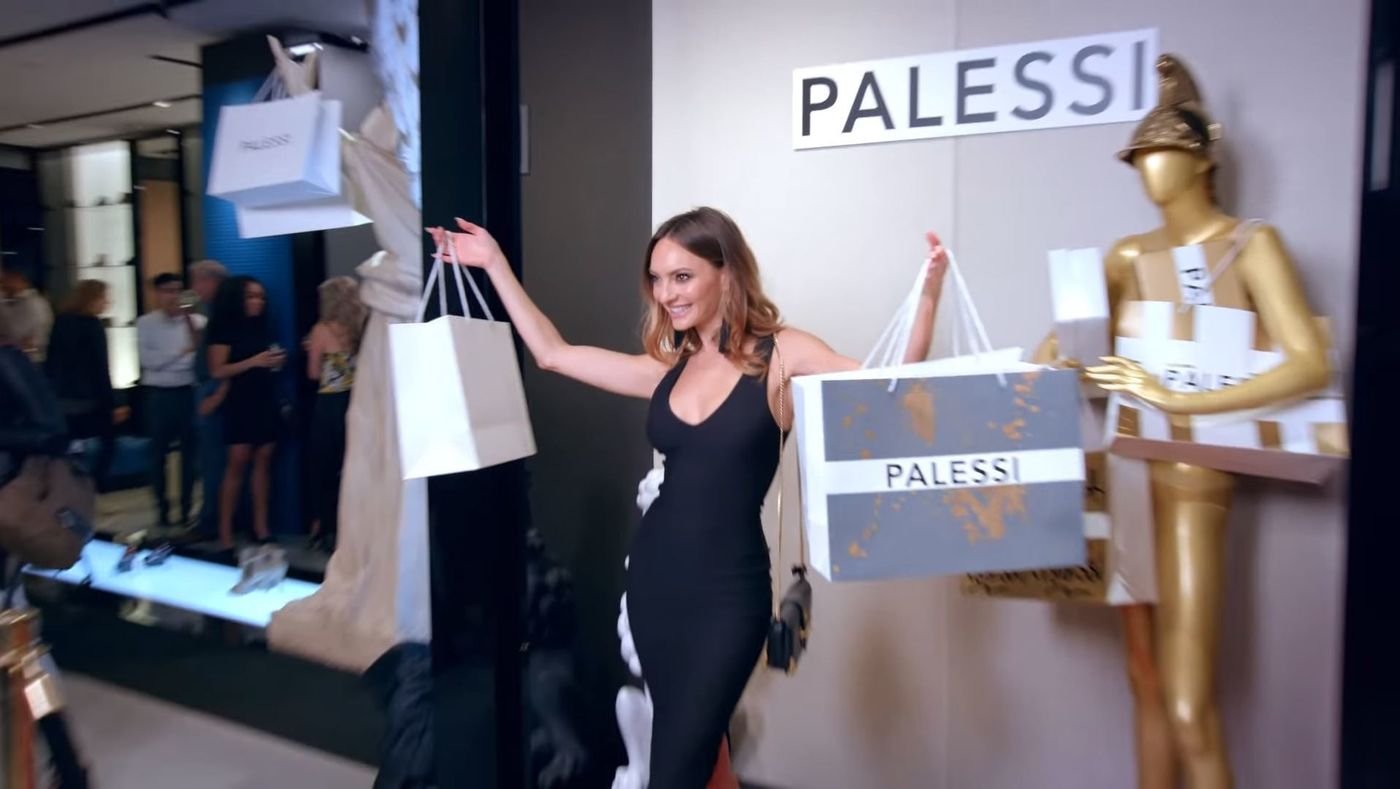Answers
Dec 04, 2018 - 06:41 AM

Modern marketing just seems to keep getting more convoluted and nefarious. I don’t think it’s too pessimistic to believe that anything really clickbait-y and shareable coming from a brand was probably staged.
Payless invested money in this stunt, so it seems unlikely that they would fail to ensure it was successful (by using actors rather than true “influencers” to make sure the reaction looked right).
On social media, nothing is what it seems. Just think of the video of a baby bear struggling to make it up a snowy slope that recently went viral. It appeared to be a pure moment of natural perseverance caught on camera. The bear slid down the slope multiple times, but never gave up till it reached the top.
Modern marketing just seems to keep getting more convoluted and nefarious. I don’t think it’s too pessimistic to believe that anything really clickbait-y and shareable coming from a brand was probably staged.
Payless invested money in this stunt, so it seems unlikely that they would fail to ensure it was successful (by using actors rather than true “influencers” to make sure the reaction looked right).
On social media, nothing is what it seems. Just think of the video of a baby bear struggling to make it up a snowy slope that recently went viral. It appeared to be a pure moment of natural perseverance caught on camera. The bear slid down the slope multiple times, but never gave up till it reached the top.

Image courtesy of Daily Mail UK: https://www.dailymail.co.uk/news/article-6354223/Baby-bears-EPIC-struggle-climb
-snowy-mountain-mother-captivates-millions.html
However, it was soon revealed that the bear’s struggle was all because it was trying to escape the scary-looking drone that was taking the video. Even a nature video can turn out to be effectively staged. So, it’s not a small leap to assume that a brand’s stunt was probably staged too.
The main thing that makes me think Payless didn’t use real influencers here is that influencers aren’t that easy to dupe. For this stunt, Payless relied on the popular belief that people in the fashion industry, like influencers, aren’t very smart. They didn’t pull their stunt on the general public, but on the fashion world. And many people assume intelligence and fashion don’t go together.
However, most influencers became successful due to their excellent marketing skills, as well as fashion know-how. They do know how to recognize value and spot marketing tactics, because they themselves are marketers. Few influencers with those skills would spend hundreds on a pair of shoes without researching the brand first.
“Palessi” hit the fashion scene in a rush, without much more in the way of marketing than a poorly done Instagram page. It was an unheard-of brand claiming to be high-end, but lacking a high-end branding and social media approach.
But influencers are experts on style, branding, and social media. Among real influencers, Palessi would have probably raised eyebrows more than it opened wallets. However, Payless captured the reactions it wanted on video, and got the public talking about their brand on social media. So whether it was truly staged or not, this stunt definitely helped the brand.
However, it was soon revealed that the bear’s struggle was all because it was trying to escape the scary-looking drone that was taking the video. Even a nature video can turn out to be effectively staged. So, it’s not a small leap to assume that a brand’s stunt was probably staged too.
The main thing that makes me think Payless didn’t use real influencers here is that influencers aren’t that easy to dupe. For this stunt, Payless relied on the popular belief that people in the fashion industry, like influencers, aren’t very smart. They didn’t pull their stunt on the general public, but on the fashion world. And many people assume intelligence and fashion don’t go together.
However, most influencers became successful due to their excellent marketing skills, as well as fashion know-how. They do know how to recognize value and spot marketing tactics, because they themselves are marketers. Few influencers with those skills would spend hundreds on a pair of shoes without researching the brand first.
“Palessi” hit the fashion scene in a rush, without much more in the way of marketing than a poorly done Instagram page. It was an unheard-of brand claiming to be high-end, but lacking a high-end branding and social media approach.
But influencers are experts on style, branding, and social media. Among real influencers, Palessi would have probably raised eyebrows more than it opened wallets.
However, Payless captured the reactions it wanted on video, and got the public talking about their brand on social media. So whether it was truly staged or not, this stunt definitely helped the brand.
Dec 04, 2018 - 09:32 PM
Wow. This is absolute marketing genius. What better way to raise the perceived value of a product than to sell it as a high end product?
It’s interesting what the mind will do when the presentation of a product far outweighs the product itself. This is what appears to be happening as you watch customers approach the shoes.
There’s a concept that Robert Cialdini has coined as “pre-suasion” . It’s what has been put into the mind before one is even introduced to the marketing message. The mind is therefore better primed to see the product as the marketer wants the audience to see the product.
For example, when a candidate meets with a recruiter in a job interview. When he first asks the question “What did you like about my resume?” it puts those positive attributes into the recruiter’s mind before the interview even begins.
The same holds true when these shoppers approach the shoes sold in a high fashion setting. The mind already absorbs them as high end and pays less attention to the shoe quality.
However, I am a little skeptical that some of these shoppers did not notice the lower quality of shoe especially in the ones that looked like they might be made with pleather.
The description does state that these shoppers are not actors. And as mentioned, the mind can be pre-fooled.
If the shoppers went into this experience being asked the question “Do you feel that these are high quality shoes?” or “Do you feel that these shoes are worth $600?” then they probably would have shifted gears in their minds to really investigate the product.
However, if they went in fully just as shoppers presented with a high end experience, then yes, I believe that the mind can be fooled.
I don’t see how this campaign could have hurt the Payless brand in any way.







Add New Comment